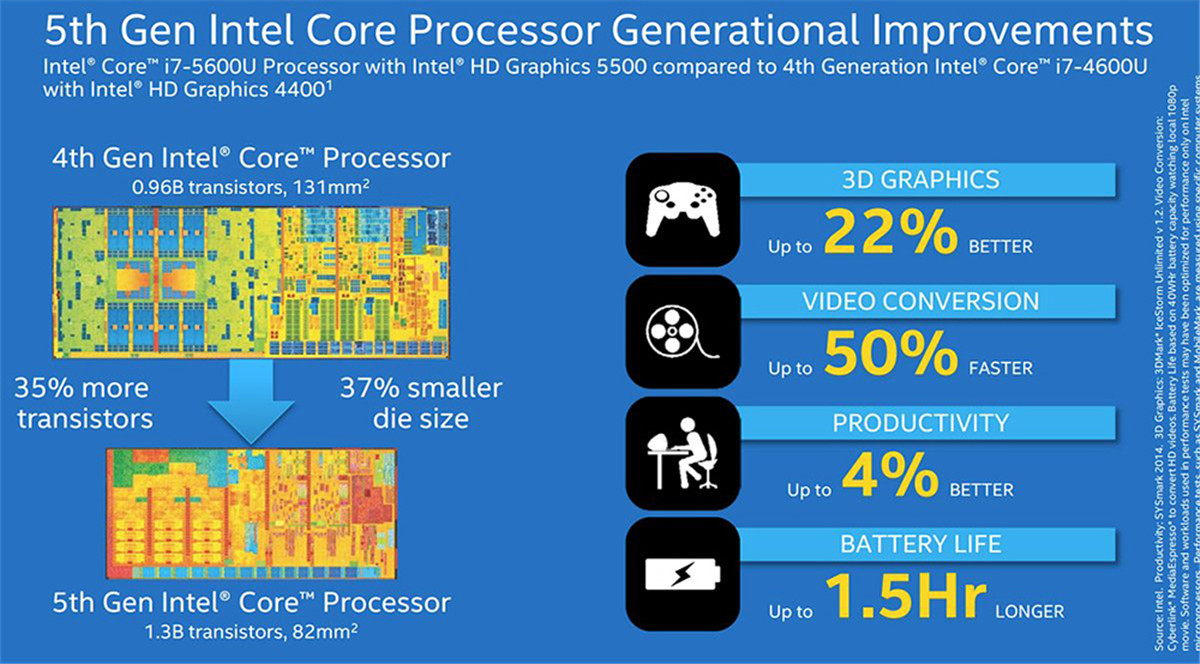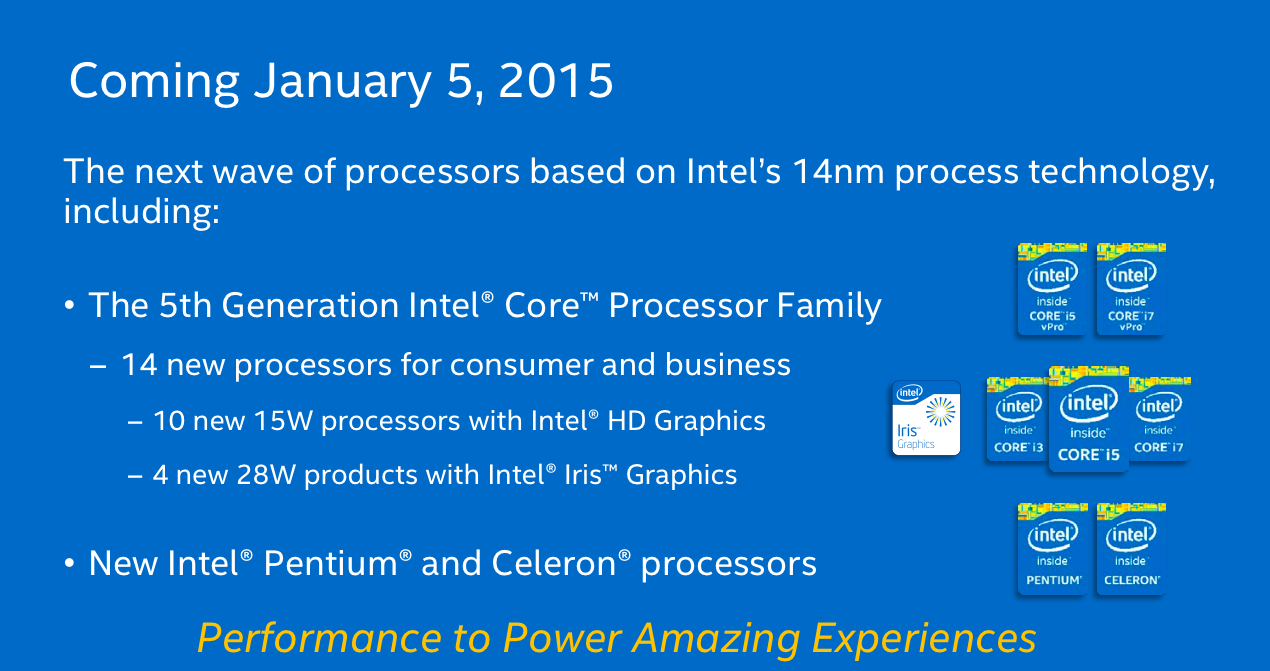
The results confirm what we saw in Cinebench, which is simple math: 6 cores are better than 4. Like Cinebench and most rendering apps, it favors more cores. It’s built on the Corona Photorealistic renderer for Autodesk’s 3ds Max. Our next test is the Corona 1.3 benchmark. Thanks to the higher clock speeds of the 8th-gen Core i7, it has a double-digit edge against most standard CPUs. And against the far more “normal” Core i7-7700HQ in the Asus ROG Zephyrus GX501, you’re looking at a 13-percent increase in performance. In fact, even against the overclocked Core i7-7820HK, it’s ahead by more than 7 percent. Predictably, things even up quite a bit, but the newer 8th-gen CPU is still leader of the pack. To gauge that we also ran Cinebench R15 using a single CPU thread.

It’s probably far more important for those not rendering 3D, editing video, or doing other intensive content-creation tasks to look at single-threaded performance of a laptop CPU. In fact, we’d argue few are so efficient as to give you the same results you see above.

The thing is, not all applications are multi-threaded. IDGĮven the overclocked Core i7-7820HK can’t stand against the latest 8th-gen Core i7-8750H, because of the simple math of 6 cores are better than 4. Although Cinebench R15 is mostly a predictor of multi-threaded performance, you should expect to see generally similar results in other applications that will actually use all 12 threads or 6 cores of the Core i7-8750H CPU. No surprise, the increase from 4 to 6 cores yields a pretty huge performance boost. It’s a benchmark built around Maxon’s Cinema4D engine and favors more cores and more cores. You should really make your graphics buying decision based on other factors, not the CPU. All this, of course, is influenced by the cooling in the laptop, which is often influenced by the sheer size of the chassis.ĭue to the disparity of the GPUs and their outsize influence on graphics, we did not delve into graphics performance for this review.

Certain vendors may tune for all-out performance, while others may ratchet things back to control the fan noise. Unlike removable desktop CPUs, where you can control just about all of your variables such as cooling, power, memory, and storage, laptops CPUs are generally to be treated as entire packages, because they’re soldered to the motherboard.ĭesign decisions by the laptop maker also greatly impact performance. Only the Dragon logo might give away its gaming chops. Adam Patrick Murray The MSI GS65 Stealth Thin RE is designed to look at home in a corporate conference room. With Coffee Lake, Intel takes the mature 14nm process and tenderizes the hell out of it, enough to deserve the 8th-gen “14++” moniker. The 7th-gen Kaby Lake’s video processing engine, for example, was greatly improved, and it generally ran at higher clock speeds than 6th-gen Skylake could. Along the way though, Intel has made many improvements.


 0 kommentar(er)
0 kommentar(er)
